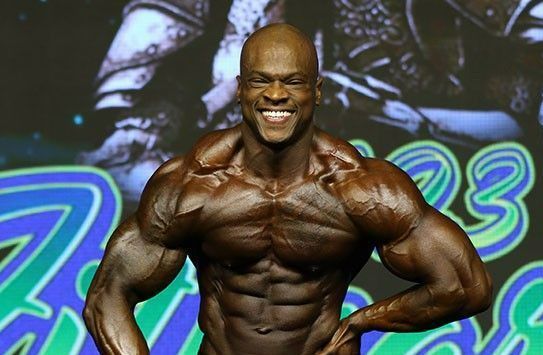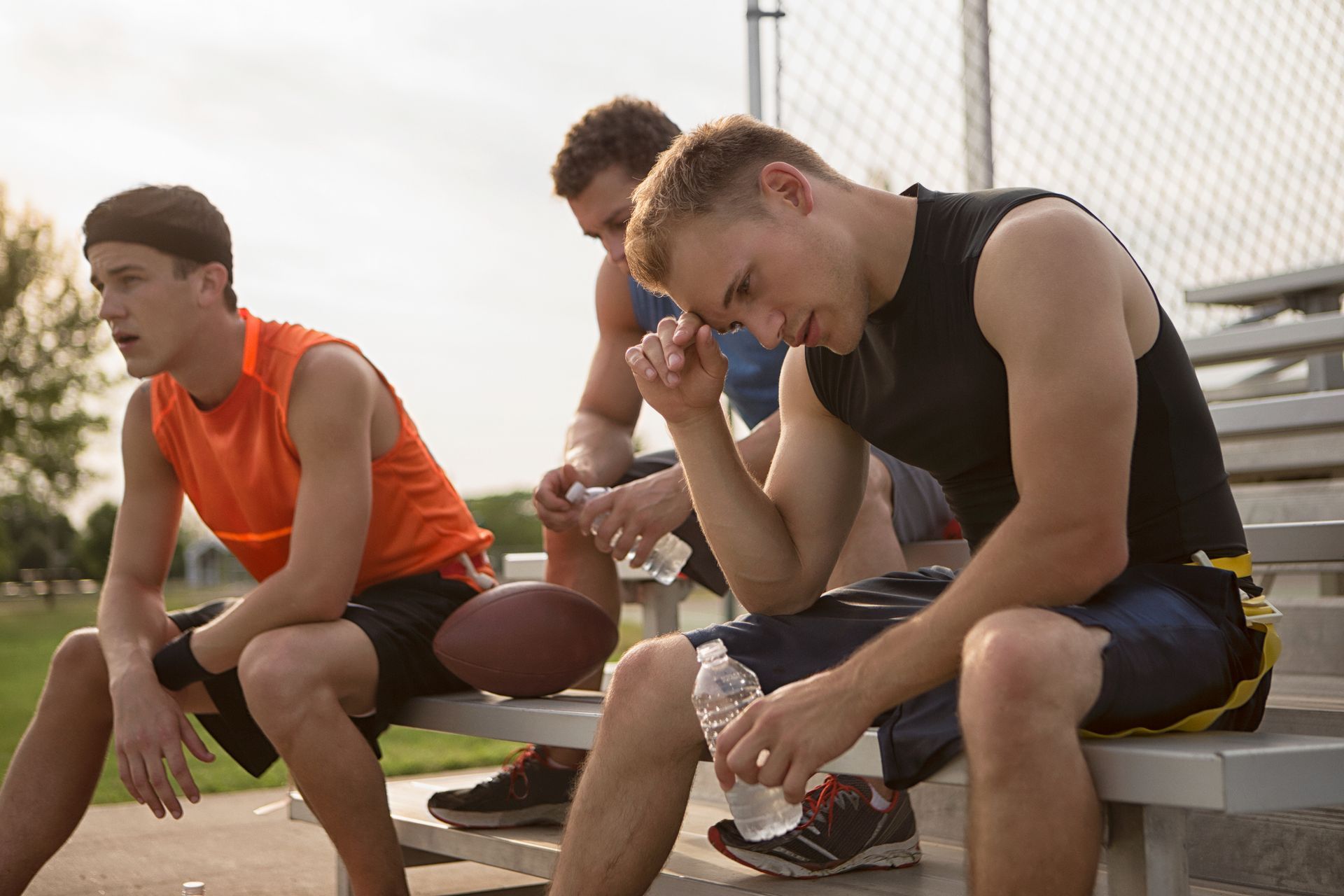Self-Motivation (Part 2)
We had such a favorable response last week to our list of Key Self-Motivation Strategies, that we decided to expand on those strategies. Let’s delve deeper into some specific aspects that can give you that extra push.
Align Goals with Values
It’s easier to be motivated and stay motivated when your goals align with your personal values or interests. For instance, if health and wellness are important to you, goals around exercise and nutrition will naturally attract more enthusiasm and commitment. Here are a few ideas to get you thinking in these terms:
If you value long-term health, a goal to engage in regular cardiovascular exercises would be appropriate to develop. This could include activities like running, cycling, or rowing. The focus here is on maintaining heart health, improving endurance, and preventing chronic diseases.
Those who value physical strength and resilience might gravitate towards weightlifting and resistance training. This aligns with goals of building muscle, increasing bone density, and enhancing overall physical strength.
For those valuing balance and coordination, functional fitness training, such as that offered in CrossFit, can be ideal. This type of training focuses on exercises that mimic everyday movements, improving balance, coordination, and overall functional strength.
It is critical that your goals are specific. Often, potential members will sit down with us to discuss their fitness goals. We hear “lose weight and firm up” or “fit into my clothes better and get stronger” from nearly everyone. A better goal would involve body composition (lose a pound of body fat in two weeks) and a movement goal such as being able to do 5 pushups or 10 wallballs without stopping.
Establish Deadlines
Time constraints can actually improve focus and efficiency. Having a deadline can convert your ‘shoulds’ into ‘musts’, pushing you to action. Just make sure the deadlines are realistic; otherwise, they might do more harm than good by creating unnecessary stress. Here are some time constraint examples to build into your goals:
- For the next 30 days, I will take a 5-minute walk outside in the afternoon and evening.
- For the next 30 days, I will go to the gym Tuesday, Thursday, Saturday, and lift weights for 20 minutes.
- Each week for the next 3 weeks I will walk for 10 minutes outside on Monday, Wednesday, Friday and take a coached small group training class on Tuesdays and Thursdays.
Find a Motivating Environment
Your environment can significantly influence your motivation level. A crowded big box gym does not provide a motivating atmosphere for most people. CrossFit and Small Group Training classes will, as you will be surrounding yourself with motivated individuals.
Social Support
This can come from friends, family, or work colleagues. In cases where your goals are fitness-related, being part of a gym community can offer immense social support. Participating in group fitness classes can be a great goal. This not only aids in staying physically active but also provides a sense of community and support, which can be crucial for motivation and enjoyment.
Self-Talk
The way you talk to yourself in your mind can also influence your motivation. Phrases like “I can do it,” or “I am capable,” can instill a sense of self-confidence. On the other hand, negative self-talk can derail your motivation.
Accept Imperfection
It’s important to realize that no one is perfect. There will be setbacks, there will be failures, and there will be obstacles. The sooner you accept that imperfection is part of the human experience, the easier it will be to bounce back and keep moving.
Compete Against Yourself
While competition can be a good motivator, it’s even better to compete against yourself. Track your performance and aim to do a bit better each time. This avoids the stress of comparison while still pushing you to improve. At CrossFit Rye Canyon & Barbell Club’s group classes, your training results will be recorded for you to track in an app on your phone. We also offer coaching sessions set at various intervals to help you see the progress you are making.
Make it Fun
When possible, incorporate elements of fun or creativity into your tasks. This can make even the most tedious tasks bearable, and you’ll find you’re motivated to engage with them. Did you know that in our CrossFit classes, some type of simple game is often used as a warmup for our Saturday classes???
Celebrate Small Wins
Sometimes the path to achieving big goals can be long and grueling. Celebrating small wins along the way can provide the much-needed fuel to keep your motivational engine running.
Develop a Growth Mindset
Having a growth mindset, the belief that you can improve and develop your skills over time, can be a powerful motivator. It instills a love for learning and resilience, essential attributes for maintaining long-term motivation.
In conclusion, motivation is not a one-time event but a continuous process. By applying a combination of these strategies, you can bolster your self-motivation to levels that will help you achieve any goal you set your mind to.
If you’re specifically interested in elevating your fitness and health, our team at CrossFit Rye Canyon & Barbell Club is equipped to provide you with the tools, guidance, and community support to keep you motivated.
More Recent Posts




